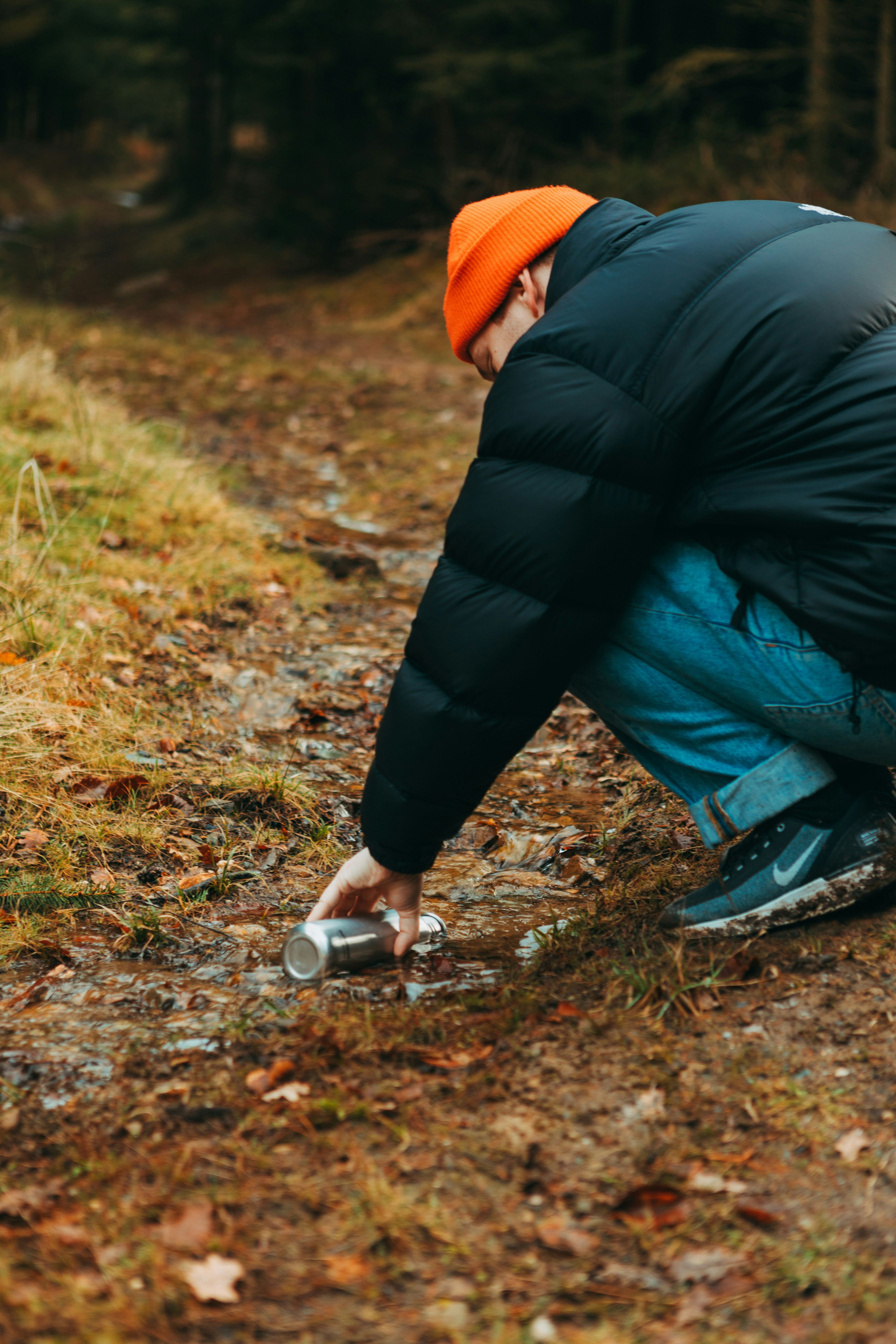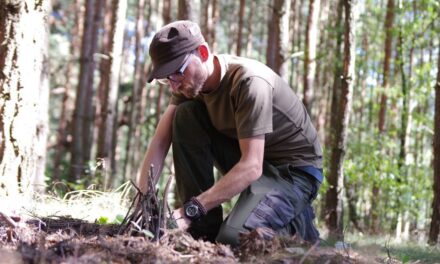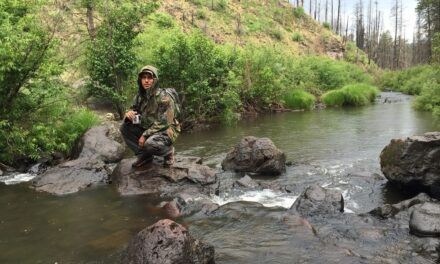The Importance of a Robust Survival Strategy
Delving into the world of survival, the phrase survival strategy resonates deeply with those who understand the unpredictability of life and the importance of being prepared. In this comprehensive guide, we will explore the intricacies of developing a survival strategy that not only addresses immediate safety concerns but also fosters long-term resilience and adaptability in various emergency scenarios.
A survival strategy is much more than a list of supplies or a set of skills; it’s a comprehensive approach that encompasses planning, mindset, skill development, and adaptability. Whether faced with natural disasters, unforeseen wilderness challenges, or urban crises, a well-crafted survival strategy can mean the difference between thriving and merely surviving.
In this article, we will dissect the key components of an effective survival strategy. From understanding the basics of survival to integrating advanced techniques and tools, we aim to provide a guide that is both engaging and informative. This guide is tailored to resonate with a broad audience, from seasoned survivalists to those just beginning to explore the realm of preparedness.
Through expert insights, practical advice, and a thorough understanding of survival dynamics, we will navigate the essential elements of a robust survival strategy. This exploration is designed to equip readers with the knowledge and confidence to develop a survival strategy that is tailored to their unique needs, environment, and skill level.
Detailed Components of an Effective Survival Strategy
Foundation of a Survival Strategy
At the heart of a survival strategy lies a foundation built on understanding basic survival principles and preparing for various scenarios. Key aspects include:
- Risk Assessment: Identifying potential threats in your environment, whether natural disasters, urban emergencies, or wilderness challenges, is crucial. Understand the risks specific to your area or any location you plan to travel to.
- Basic Survival Skills: Fundamental skills such as building a shelter, finding and purifying water, starting a fire, and basic first aid are the cornerstones of any survival strategy.
- Emergency Planning: Develop comprehensive plans for different scenarios. This includes evacuation routes, communication plans, and emergency contacts.
Advanced Survival Tactics
Beyond the basics, enhancing your survival strategy involves more advanced tactics:
- Self-Defense and Tactical Training: In some situations, knowing how to defend yourself can be crucial. Consider self-defense training and tactical skills development.
- Navigation Skills: Proficiency in using maps, compasses, and GPS devices is vital for navigation in unfamiliar environments.
- Survival Gear and Technology: Familiarize yourself with advanced survival gear and technology. This includes items like satellite phones, solar chargers, and advanced GPS systems.
Psychological Preparedness and Adaptability
A crucial but often overlooked aspect of a survival strategy is mental preparedness:
- Mental Resilience: Cultivate a mindset that embraces adaptability, resilience, and calmness under pressure. Mental fortitude can often be the determining factor in survival situations.
- Continuous Learning: Survival strategies should evolve with new information and skills. Stay updated with the latest survival techniques and technologies.
- Practical Experience: Regularly put your survival strategy to the test through simulations or controlled environments. This helps identify gaps in your planning and improves your overall readiness.
In the next section, we’ll summarize the key takeaways and offer final thoughts on building and implementing a comprehensive survival strategy.
Summary and Key Takeaways: Crafting and Implementing Your Survival Strategy
Consolidating Your Survival Strategy
We’ve delved into the various facets of constructing a survival strategy, providing insights into how to prepare effectively for potential emergencies. To encapsulate:
- Risk Assessment and Basic Skills: Begin with a thorough understanding of potential risks and master basic survival skills. These are the foundation upon which a robust survival strategy is built.
- Comprehensive Emergency Planning: Develop detailed plans for various scenarios, including evacuation routes, communication protocols, and emergency kits.
- Advanced Survival Tactics: Expand your repertoire with advanced tactics, including self-defense, advanced navigation, and utilizing cutting-edge survival gear.
Implementing and Evolving Your Strategy
A survival strategy is not static; it requires continuous refinement and adaptation. Here are some final thoughts on implementation:
- Regular Practice and Review: Regularly practice your survival skills and review your plans to ensure they remain relevant and effective. This includes updating your emergency kits and staying informed about new survival methods and tools.
- Mental Preparedness: Focus on developing mental resilience. Survival situations are as much a mental challenge as they are a physical one. Skills like stress management and adaptability are key.
- Learning from Experience: Embrace opportunities to learn from real-life situations, whether your own experiences or those of others. Survival stories and case studies can provide valuable lessons.
In conclusion, an effective survival strategy is a blend of knowledge, preparation, and adaptability. It’s about being ready for the unexpected and having the skills, tools, and mindset to face challenges head-on. By taking a comprehensive approach to survival planning and continuously honing your skills and knowledge, you can ensure that you are prepared for whatever comes your way.








